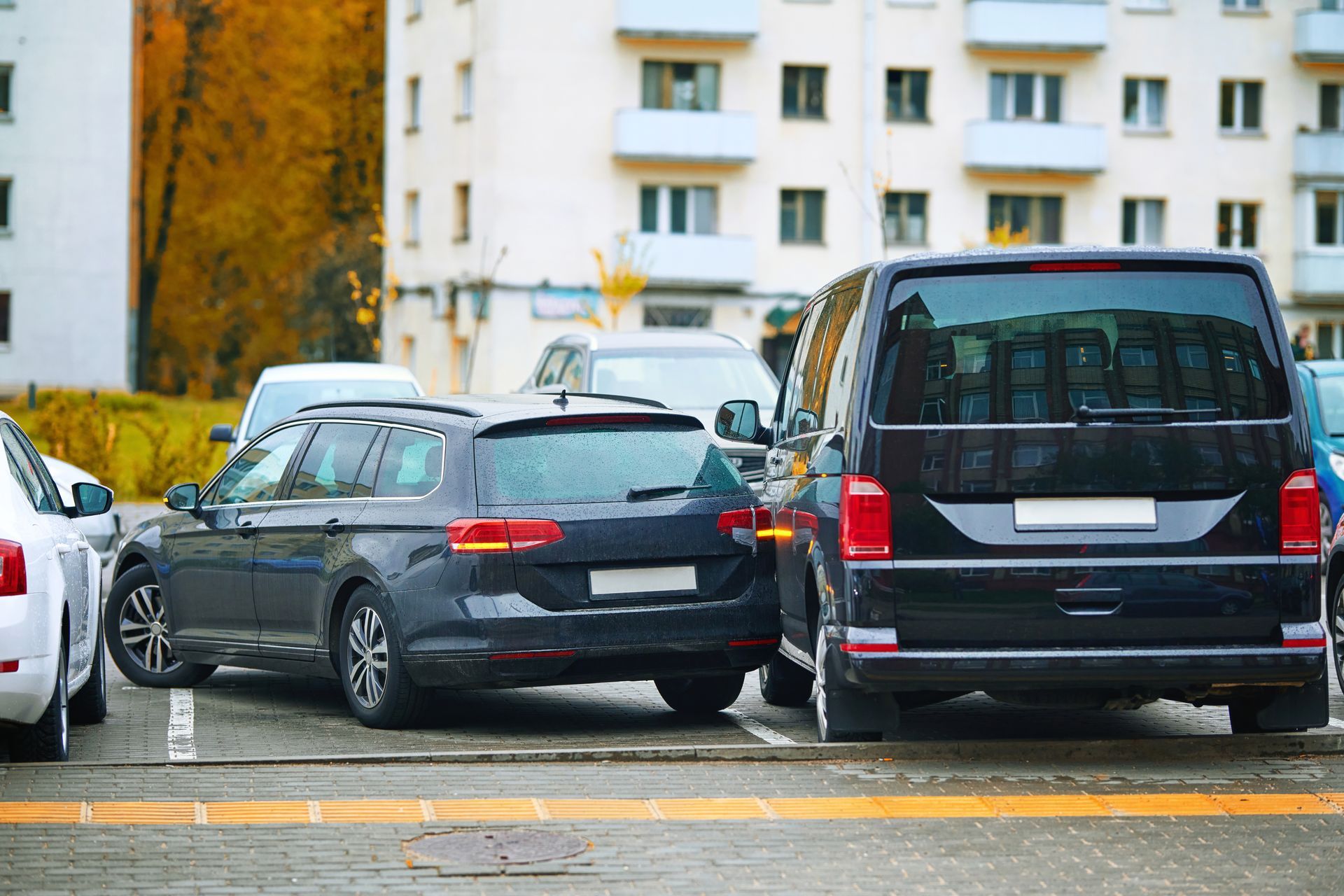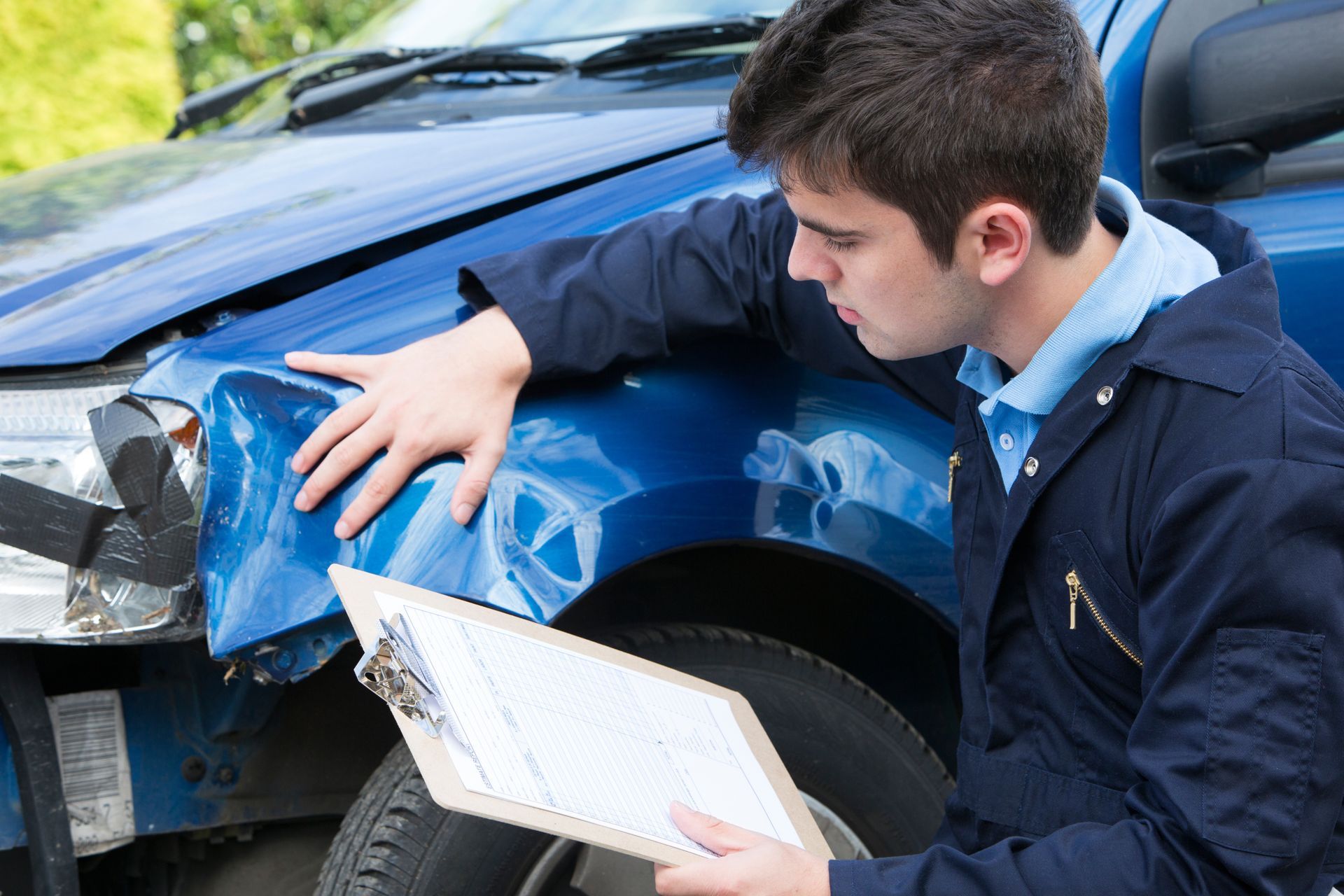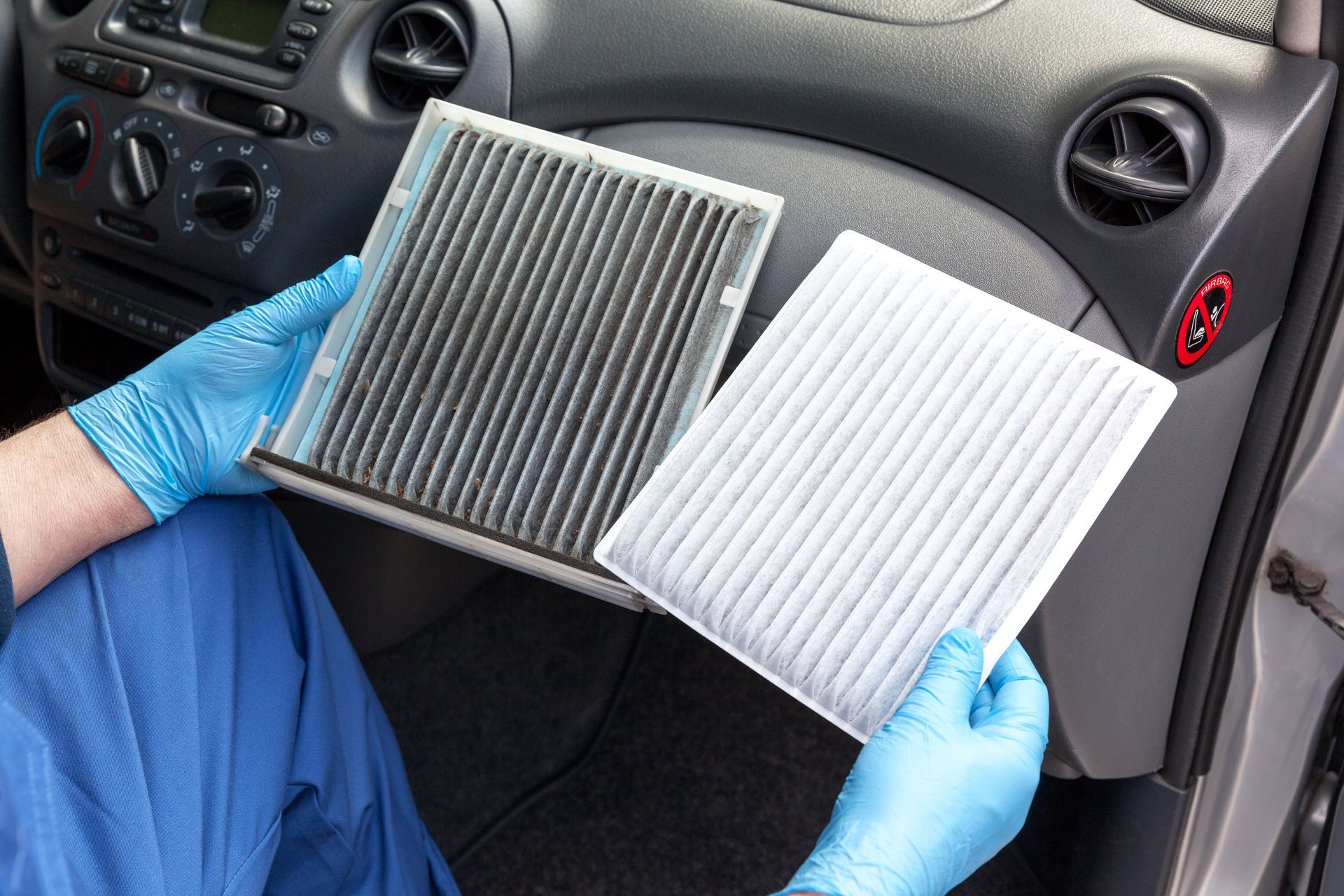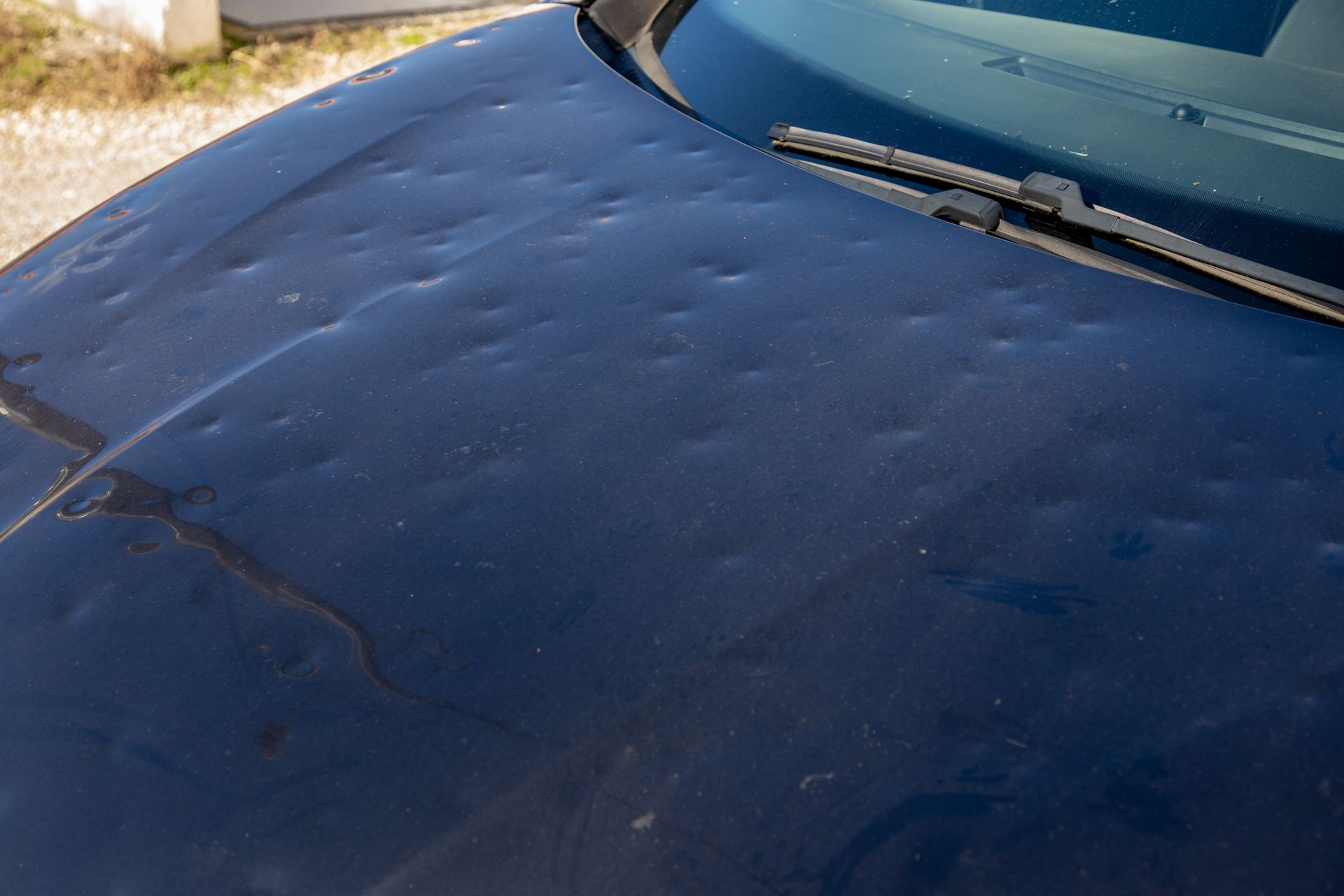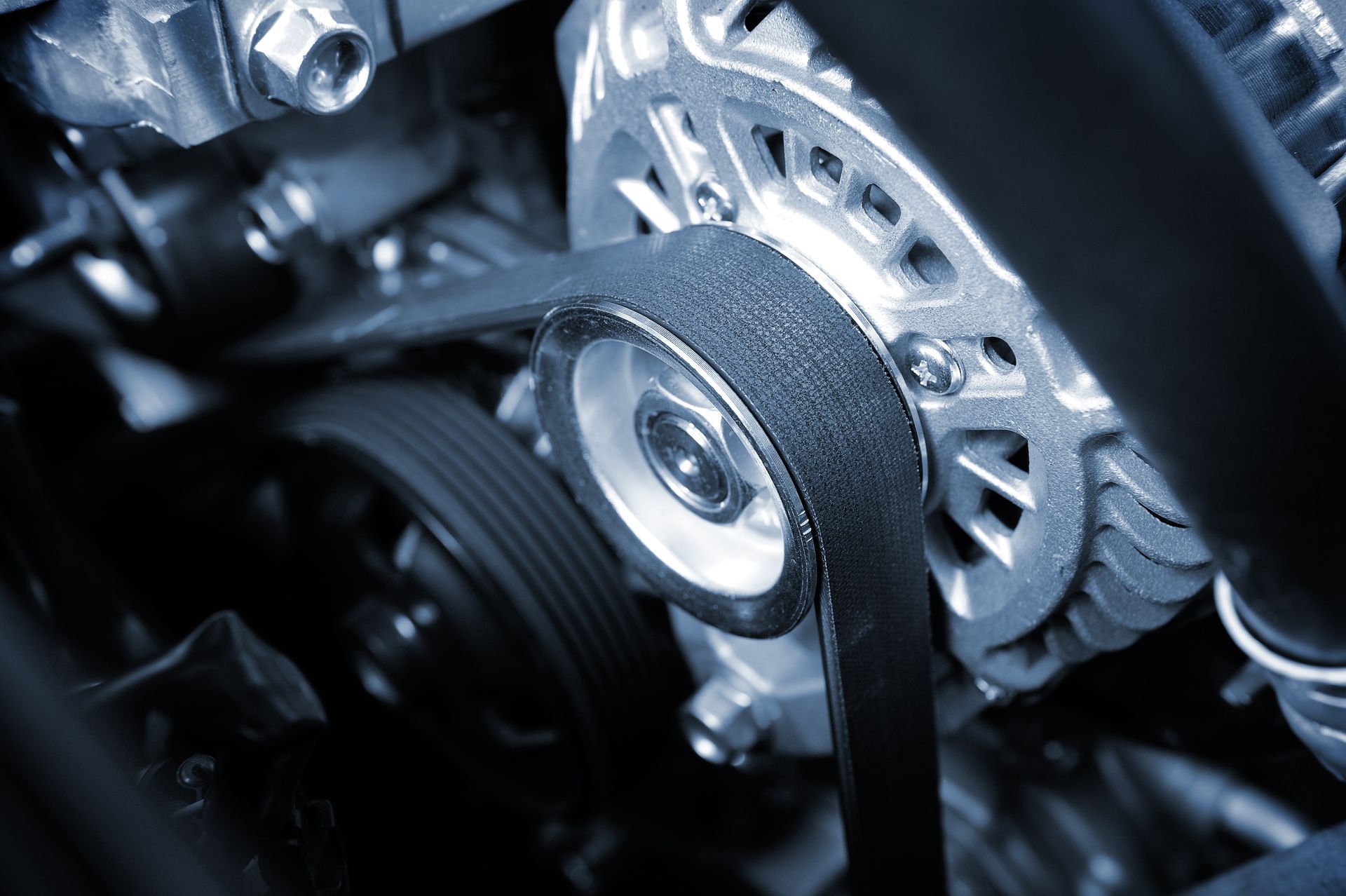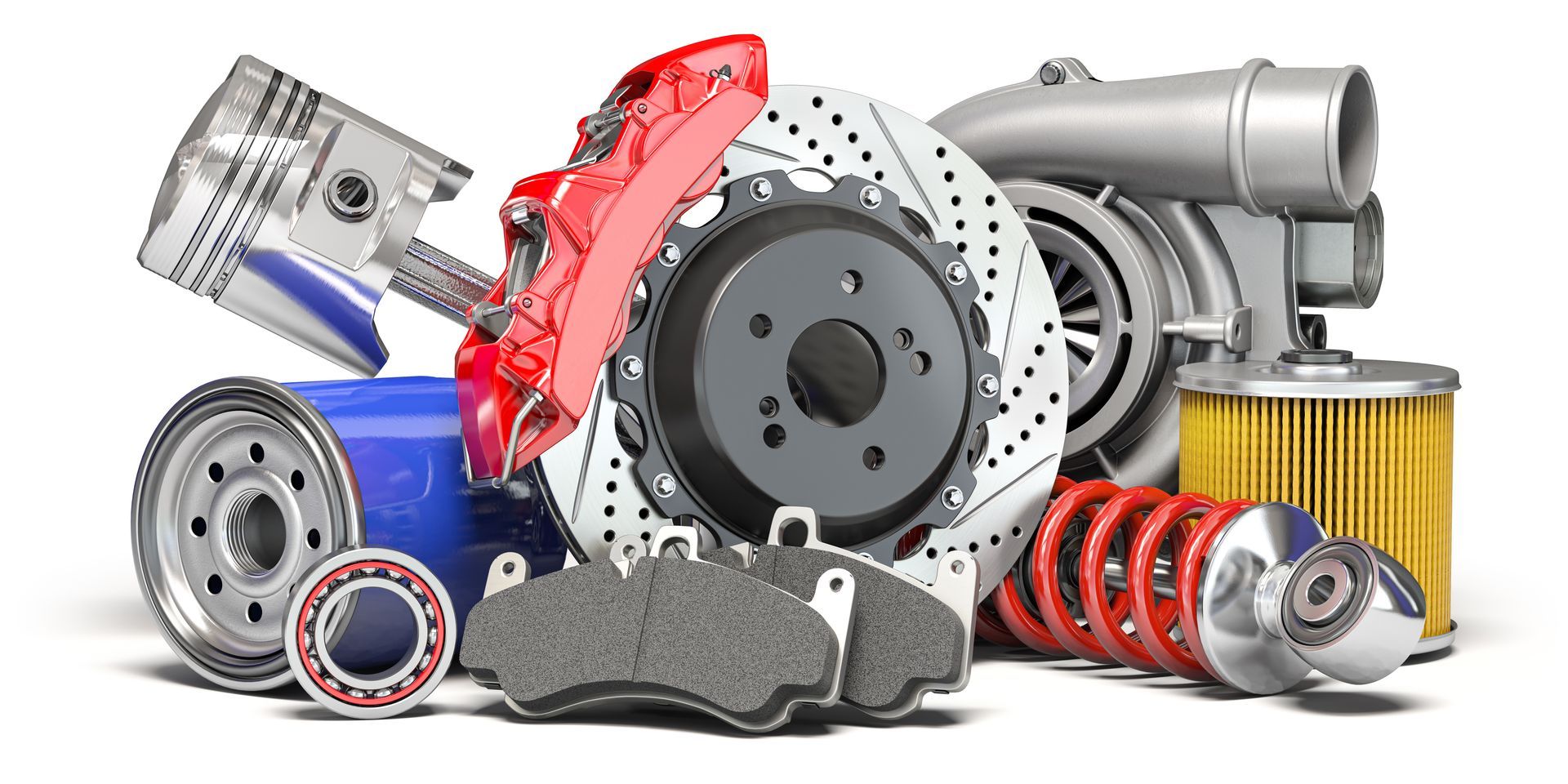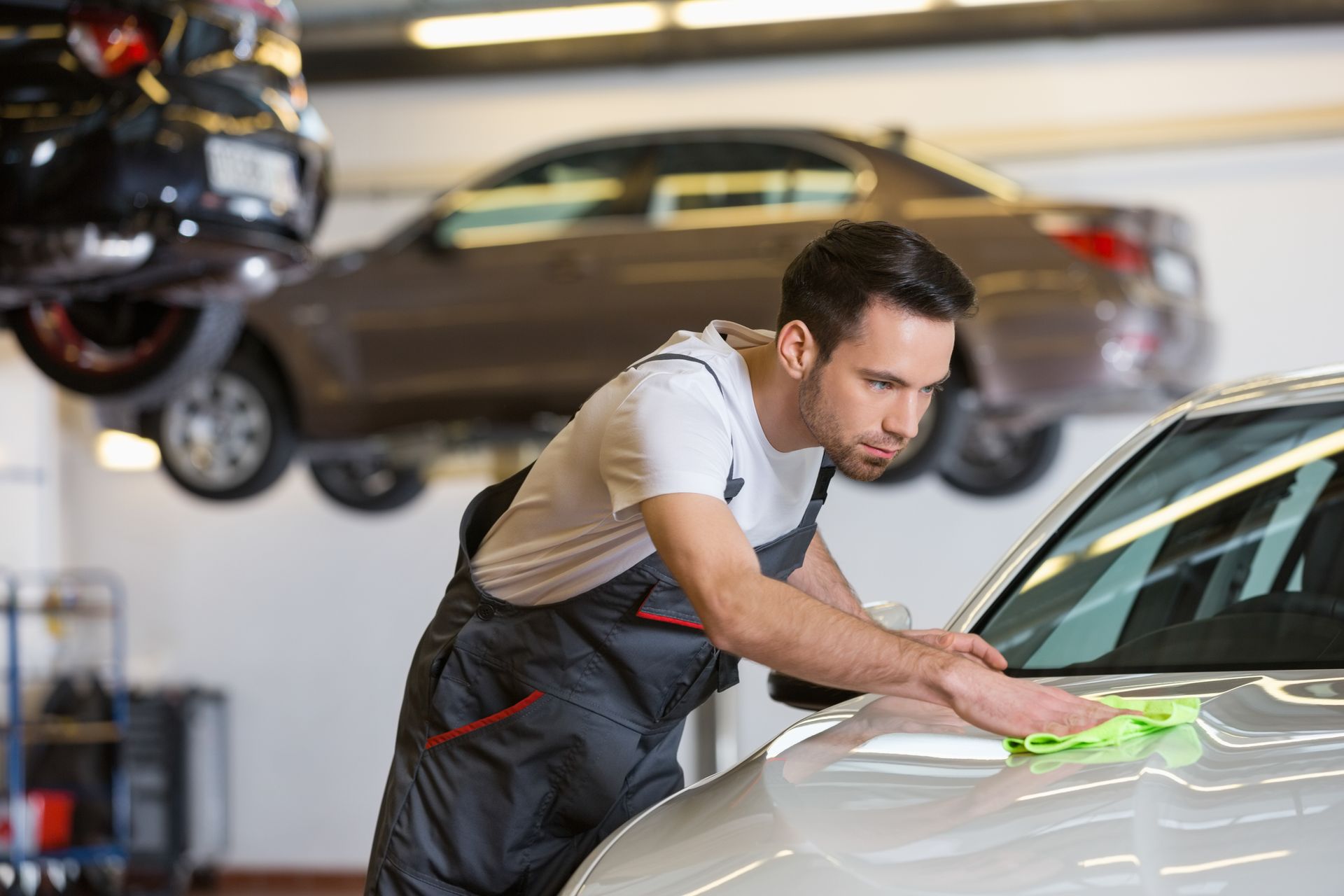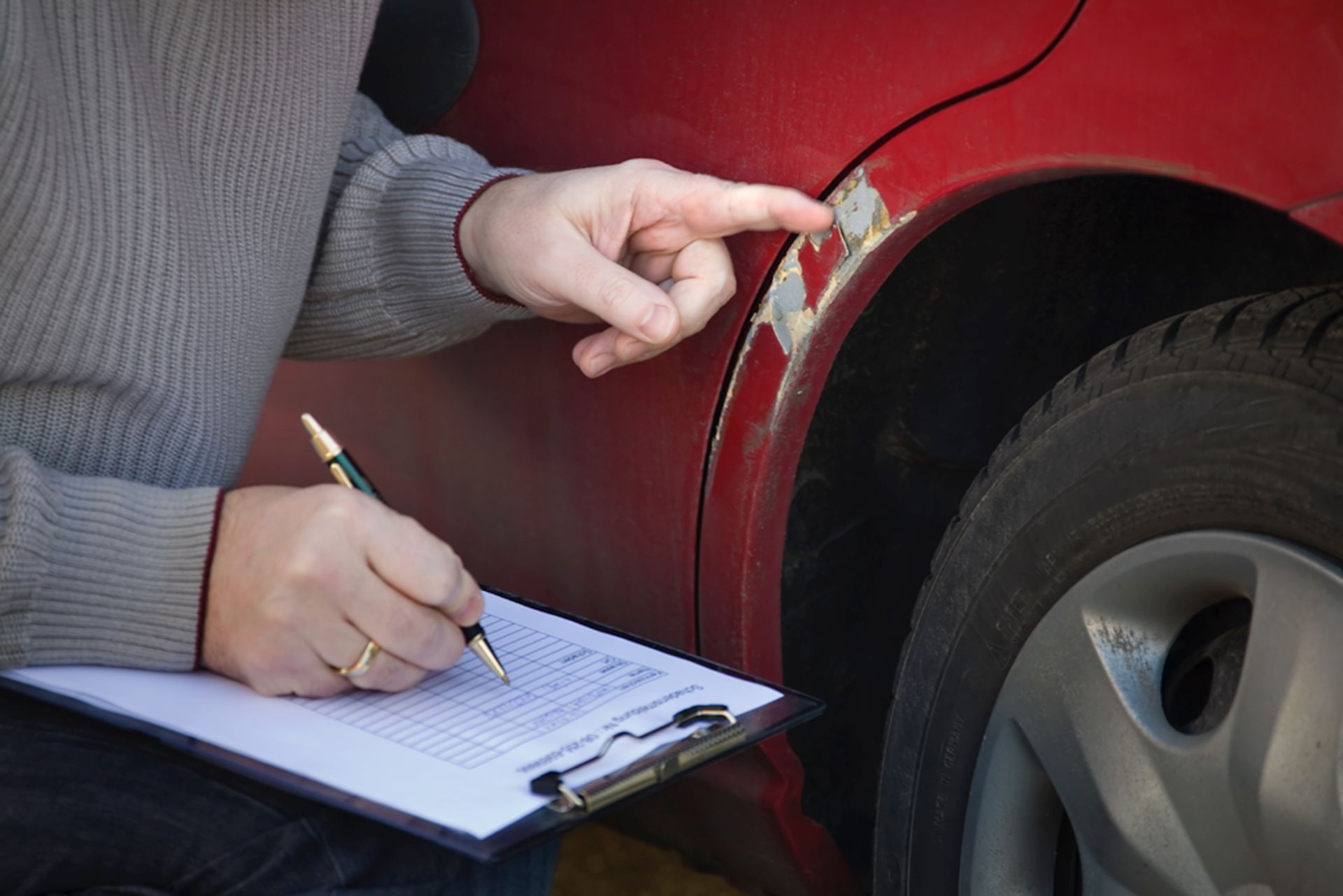When your vehicle needs body repairs after a collision, one of the most important steps is restoring the paint so it blends perfectly with the rest of the car. A flawless paint match not only improves your vehicle’s appearance but also protects its resale value. Achieving this level of precision is both an art and a science, requiring specialized tools, techniques, and experience.
Why Perfect Paint Matching Is Needed
Even a small mismatch in color can make a repair stand out, drawing attention to the damaged area instead of the smooth, uniform look of the vehicle. This isn’t just about looks—poor paint matching can suggest low-quality work, which might affect your car’s market value. A proper match also ensures the repaired area ages at the same rate as the rest of the paintwork.
Factors That Influence Paint Color
Your vehicle’s paint isn’t just one flat color, but it’s a combination of pigments, metallic flakes, and clear coat layers. Over time, exposure to sunlight, weather, and environmental conditions can cause paint to fade slightly, making it different from the original factory shade. That means the technician must account for the current shade of your car’s paint, not just the color code listed by the manufacturer.
Using Manufacturer Color Codes
Every vehicle comes with a factory paint code, usually found on a sticker in the door jamb, under the hood, or in the trunk. This code provides the base formula for the paint, which technicians use as a starting point. However, because of fading or wear, the technician will often need to adjust the formula to match the actual color of your car today.
The Role of Spectrophotometers in Matching Paint
Modern auto body shops use advanced tools like spectrophotometers to measure the exact color of your vehicle’s paint. This device analyzes the surface and creates a digital profile, which can then be used to mix a paint formula that matches precisely. The goal is to make the repaired area indistinguishable from the rest of the car.
Blending for a Seamless Look
In many cases, even with a perfect formula match, a painter will blend the new color into the surrounding panels. This process involves gradually fading the new paint into the original paint to ensure a smooth transition. Blending is especially important with metallic or pearl finishes, where even a slight difference in light reflection can be noticeable.
Clear Coat Application
After the color is applied, a clear coat is sprayed on to protect the paint and give it a uniform shine. The clear coat also helps enhance the depth of the color and adds resistance to UV rays, road debris, and weather damage. The final finish is then polished and buffed for a showroom-quality result.
Why Professional Paint Matching Is Worth It
DIY paint touch-ups can work for small chips or scratches, but they rarely match as well as a professional job. Professional technicians have access to high-quality paints, precision mixing tools, and the experience to adjust for fading, lighting conditions, and special finishes.
Achieve a Flawless Finish With Orlando City Auto Body
At Orlando City Auto Body, we take pride in delivering paint matches so accurate you won’t be able to tell where the repair ends and the original paint begins. Whether you have a small scratch or need full panel repainting, our team in Orlando, FL, uses industry-leading technology and expert techniques to restore your vehicle’s beauty.
Schedule your appointment today and let us bring back your car’s flawless finish.

